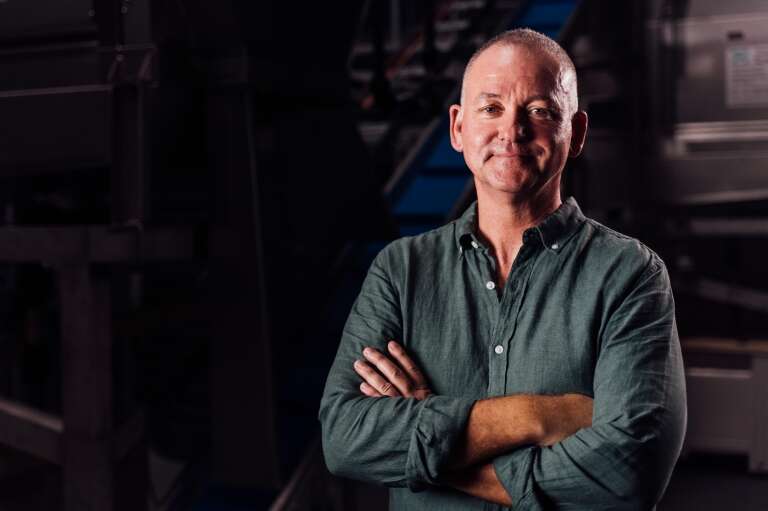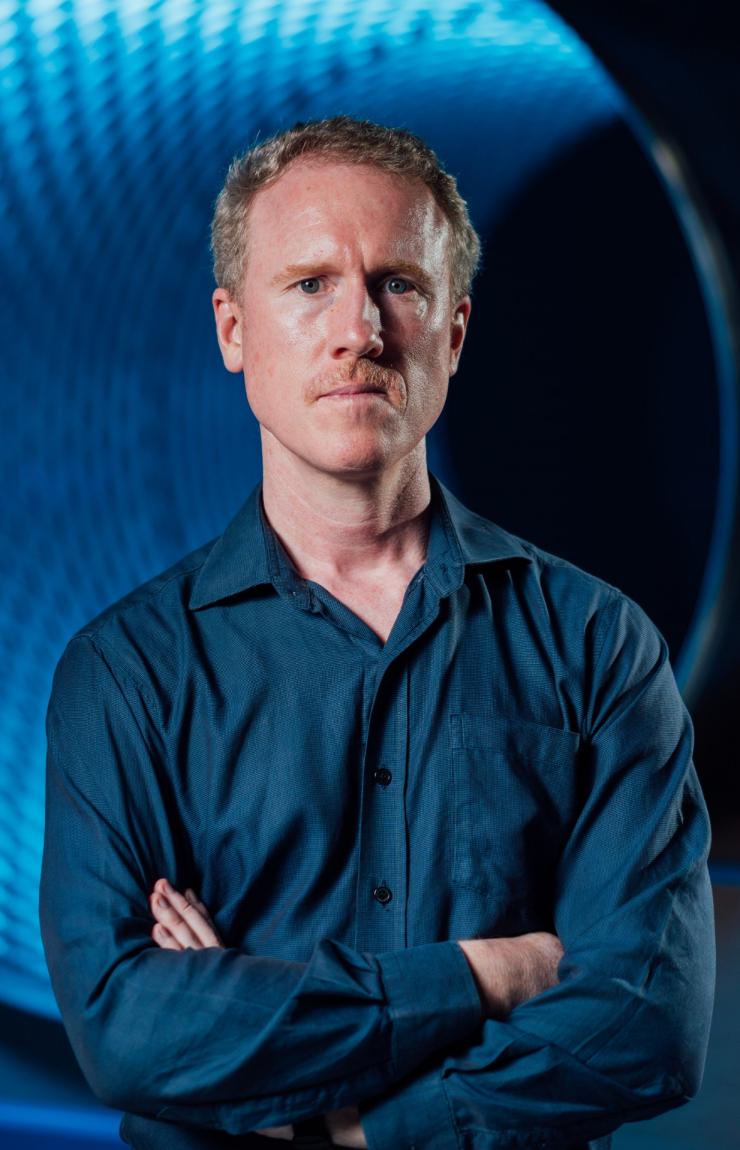
Closing the loop on fashion manufacturing
BlockTexx co-founder Graham Ross is unlocking the value of unwanted textiles to help future-proof the fashion industry.
Graham Ross believes no piece of clothing should end up in landfill. It was this thinking, and a global movement to address overconsumption and overproduction, that drove him and co-founder Adrian Jones to establish BlockTexx, the world's first commercial-scale textile resource recovery facility.
BlockTexx takes unwanted textiles, such as clothing and hotel linen, and repurposes them to create raw materials for reuse in a variety of industries. The company plans to scale its Queensland recovery facility to process more than 10,000 tonnes of textiles per year.
"BlockTexx came about because there is actually a real movement … to think about our overconsumption and our overproduction and effectively close the loop on the way we manufacture."
Through a separation process, BlockTexx creates two raw materials: rPET pellets and cellulose powder. The rPET pellets can be used in injection moulding to make objects such as tabletops and playground equipment. Meanwhile, cellulose powder can be used in a variety of industries including building, to make mortars and paints, and agriculture, for use in land regeneration.
Graham and Adrian looked to other innovative industries to help realise their goal to launch a textile recovery facility. In particular, they looked at the craft brewing industry to learn how to successfully scale to a commercial size, how to use water efficiently and reduce energy costs.
By 2030, an estimated 140 million tonnes of unwanted clothing and textiles are destined for landfill across the world. BlockTexx’s mission is to close the loop on clothing manufacturing and future-proof the textile industry, while inspiring other industries to do the same.
Watch the video above to discover how BlockTexx is creating a more sustainable future for the fashion and textile industry.





















